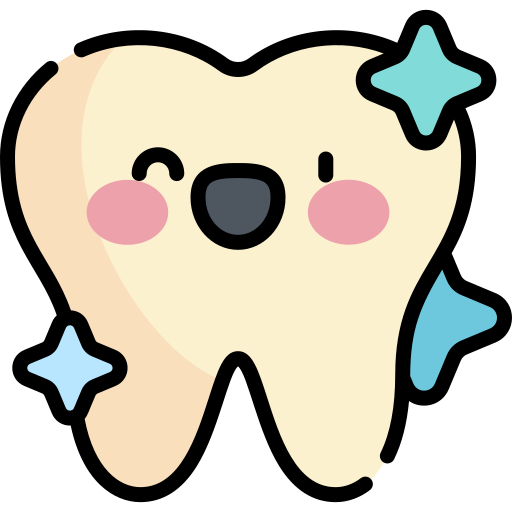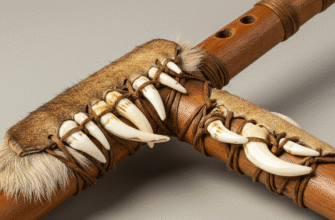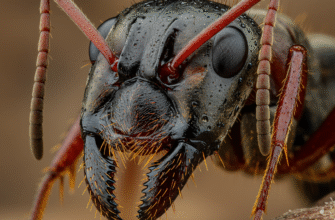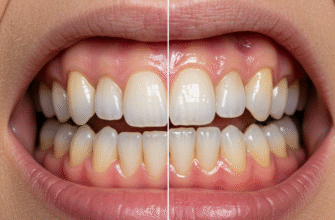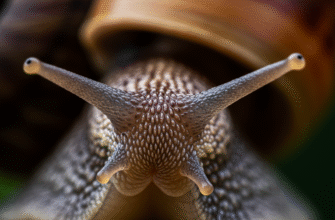Our tongues, those remarkable muscular organs nestled within our mouths, do so much more than just help us taste our favorite foods. They are crucial for speech, assist in swallowing, and even play a role in our oral hygiene. But have you ever paused to consider the intricate landscape that makes up its surface? It’s far from a simple, smooth structure. Instead, it’s a complex terrain, uniquely designed to perform its multifaceted roles. Understanding the anatomy of the human tongue’s surface unveils a fascinating world of specialized structures, each with a distinct purpose.
Broadly, the tongue can be divided into two main parts visible when you look at its upper surface, also known as the dorsum. The anterior two-thirds, the part mostly within the oral cavity proper, is called the oral part or presulcal part. The posterior one-third, which forms the anterior wall of the oropharynx, is the pharyngeal part or postsulcal part. A V-shaped groove, the terminal sulcus, marks the boundary between these two regions, and it’s on the oral part where the most varied surface features reside.
The Marvels of the Mucosa: Papillae
The most striking features of the tongue’s dorsal surface are undoubtedly the tiny bumps and projections called lingual papillae. These aren’t just random textures; they are highly specialized structures that give the tongue its characteristic roughness and are vital for its sensory functions, particularly taste and touch. There are four main types of papillae, each with its own unique anatomy and primary role.
Filiform Papillae: The Tactile Specialists
Imagine the tongue’s surface like a densely packed carpet. The most numerous “fibers” in this carpet would be the filiform papillae. These are slender, cone-shaped, or bristle-like projections that cover most of the anterior two-thirds of the dorsal surface. They are typically whitish or grayish in color because their epithelium is keratinized, meaning it has a layer of tough, protective protein similar to that found in skin. This keratinization gives them a somewhat abrasive texture. Their primary role isn’t taste – in fact, filiform papillae are unique in that they do not contain taste buds. Instead, they provide friction, helping the tongue grip food during mastication (chewing) and manipulation within the mouth. They also contribute to our sense of touch and texture of food, and their rough surface aids in cleaning the mouth by scraping away debris. When you feel that characteristic “cat’s tongue” roughness, you’re primarily feeling the filiform papillae.
Fungiform Papillae: The Taste Detectives
Scattered amongst the more numerous filiform papillae, especially towards the tip and sides of the tongue, are the fungiform papillae. As their name suggests (fungus-like), these are mushroom-shaped projections. They are generally broader at the top and narrower at the base. Unlike the filiform papillae, fungiform papillae are less keratinized and have a rich blood supply, which often makes them appear as small, reddish dots against the paler background of filiform papillae. Their key function is taste. Each fungiform papilla typically houses a small number of taste buds, usually located on its upper surface. So, while the filiform papillae are busy with texture and grip, the fungiform papillae are on the lookout for sweet, sour, salty, bitter, and umami sensations.
Foliate Papillae: The Lateral Folds
Moving towards the sides of the tongue, particularly on the posterior lateral margins, you’ll find the foliate papillae. These are not individual bumps but rather a series of parallel ridges or folds, resembling the leaves of a book (hence “foliate”). In humans, these are more prominent in childhood and tend to become less distinct with age. Like fungiform papillae, foliate papillae also contain taste buds, primarily nestled within the “valleys” or clefts between these folds. Their location on the sides of the tongue makes them well-positioned to detect tastes as food is mixed with saliva and moved around the mouth. Due to their folded nature, they can sometimes trap food particles, making good oral hygiene important in these areas.
Circumvallate Papillae: The Guarded Giants
Perhaps the most impressive and largest of the lingual papillae are the circumvallate (or vallate) papillae. There are usually only about 8 to 12 of these, arranged in an inverted V-shape just anterior to the terminal sulcus, effectively marking the boundary between the oral and pharyngeal parts of the tongue. Each circumvallate papilla is a large, flat-topped structure, considerably wider than the other types, and is distinctive because it’s surrounded by a deep circular trench or “moat” (the “vallum”). The walls of this trench are studded with a very large number of taste buds – in fact, these papillae house the majority of our taste buds. Aiding their function are special serous glands, known as von Ebner’s glands, which open into the base of these trenches. These glands secrete a watery fluid that continuously flushes the trench, washing away food particles and old taste stimuli, thereby allowing the taste buds to remain sensitive to new tastes.
Beyond the Papillae: Other Surface Landmarks
While papillae dominate the scenery, other important landmarks contribute to the tongue’s surface anatomy and function.
The Terminal Sulcus and Foramen Cecum
As mentioned earlier, the terminal sulcus (or sulcus terminalis) is a V-shaped groove that clearly demarcates the anterior two-thirds (oral part) from the posterior one-third (pharyngeal part) of the tongue. The apex of this “V” points posteriorly, towards the throat. At this very apex, a small pit or depression called the foramen cecum can often be found. This is a significant embryological landmark, representing the point from which the thyroid gland began its development and descent into the neck. While it typically closes off, its presence as a small pit is a remnant of this developmental journey.
The Median Sulcus
Running down the midline of the dorsal surface of the oral part of the tongue is a shallow groove known as the median sulcus. This groove is more apparent in some individuals than others and marks the embryological fusion of the two lateral lingual swellings that formed the anterior part of the tongue. It essentially divides the anterior tongue into symmetrical left and right halves, though this division is mainly superficial.
Lingual Tonsils: The Posterior Guard
The surface of the posterior one-third of the tongue, the pharyngeal part, has a distinctly different appearance from the anterior two-thirds. It lacks the diverse papillae found anteriorly. Instead, its surface is characterized by an irregular, cobblestone-like appearance. This is due to the presence of underlying lymphoid tissue, collectively known as the lingual tonsils. These are part of Waldeyer’s tonsillar ring, a collection of lymphoid tissues that guard the entrance to the respiratory and digestive tracts. The lingual tonsils play a role in the immune system, helping to detect and fight pathogens that enter through the mouth or nose.
The Underside Story: Ventral Surface Anatomy
Flipping the tongue up reveals its ventral surface, which is quite different from the complex dorsal side. The mucosa here is thin, smooth, and typically purplish-pink due to the rich network of underlying blood vessels. Several key features are visible:
The most prominent feature is the lingual frenulum (or frenum), a midline fold of mucous membrane that connects the underside of the tongue to the floor of the mouth. This structure helps to anchor the tongue while still allowing for a wide range of motion. If the frenulum is unusually short or tight (a condition known as ankyloglossia or “tongue-tie”), it can restrict tongue movement, potentially affecting speech and feeding, especially in infants.
On either side of the lingual frenulum, the deep lingual veins are usually clearly visible through the thin mucosa. These prominent veins run along the undersurface towards the tip of the tongue. Their superficial location makes this area suitable for the rapid absorption of certain sublingual medications.
Lateral to each deep lingual vein, one might observe the plica fimbriata, which are delicate, fringed folds of mucous membrane. These are somewhat variable in their prominence but are generally present, running roughly parallel to the frenulum.
Function Woven into Form
The intricate surface anatomy of the tongue is not merely for show; it’s a testament to functional design. The varied textures created by the papillae, especially the abrasive filiform papillae, are essential for manipulating food within the oral cavity, forming a bolus, and initiating the process of swallowing. They also contribute significantly to our perception of food texture – the smoothness of yogurt, the crunch of a crisp apple, or the graininess of a pear. This tactile information is a crucial part of the overall sensory experience of eating.
The strategic placement of taste bud-bearing papillae ensures that we can detect different tastes efficiently as food moves across the tongue. The flushing action of von Ebner’s glands in the circumvallate papillae ensures taste acuity is maintained. Even the “roughness” plays a role in oral hygiene, as the tongue’s movements help to naturally clean the teeth and other oral surfaces to some extent. The lingual tonsils on the posterior surface stand as sentinels, contributing to our immune defense right at a common entry point for pathogens.
The tongue’s surface is a dynamic environment. Changes in its appearance, such as unusual coatings, persistent sores, or significant color changes, can sometimes indicate underlying health issues. Regular observation and good oral hygiene are important for maintaining tongue health.
From the microscopic taste buds nestled within papillae to the larger landmarks like the terminal sulcus, the surface of the human tongue is a masterpiece of biological engineering. Its complex anatomy allows it to perform an array of vital functions, from the delicate art of distinguishing flavors to the robust mechanics of speech and swallowing. The next time you savor a meal or articulate a thought, take a moment to appreciate the incredible, often overlooked, landscape of your tongue’s surface, a truly remarkable interface between our internal world and the external environment.
